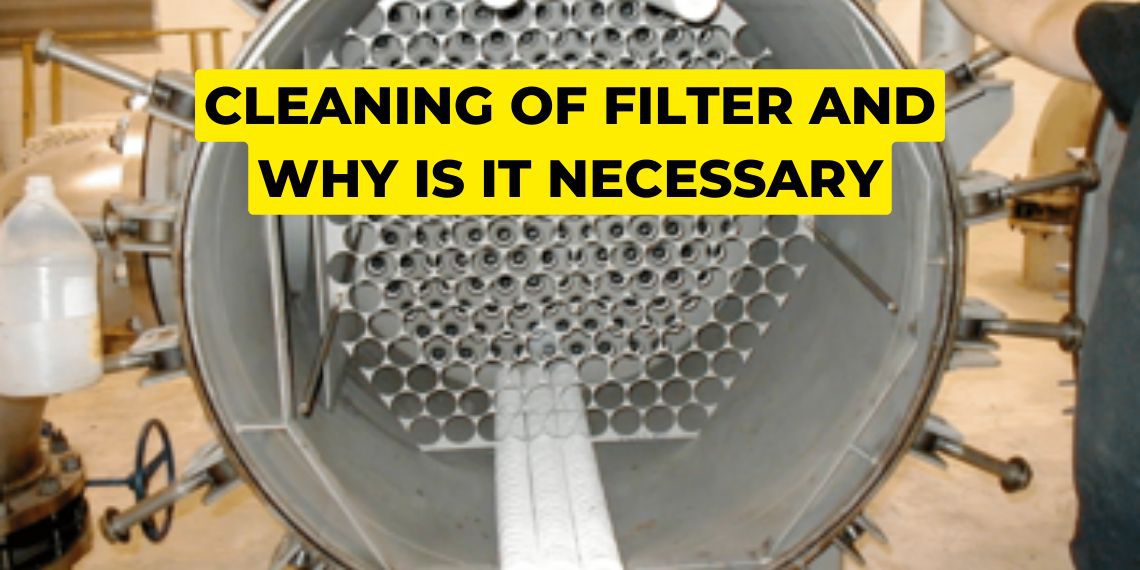Cleaning of filter and why is it necessary | What is depressurizing of a pump and how it’s done | What is purging of a pump and how it’s done |
Where is filter fitted in a pump?
Filter is fitted on the suction side of a pump and when it is fitted on the suction side it can also be called a strainer. The purpose of fitting the filer in the suction is to safe guard the pump because we don’t want any dirt particles or sediments to enter into the pump casing and damage it.
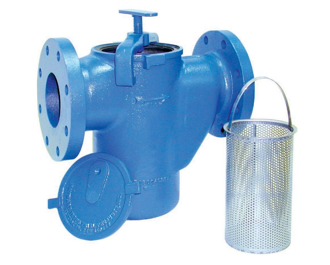
Now suppose the pressure inside the pump is 1 bar and you see that the pressure dropping that because may be the filter is getting chocked, so by looking at the pressure you will get an idea.
Why are filters fitted on discharge side of a pump?
Sometimes these filters are fitted on the discharge side of the pumps because in this case it is more important to protect the equipment’s where the fluid is going, normally this is the case of main engine.
How to know if the filter is chocked?
In the main engine when fuel goes to the combustion chamber it passes through a filter and if the filter is getting chocked the pressure on the suction side of the filter will increase and towards the discharge side it will decrease as the filter will not allow the fuel to flow.
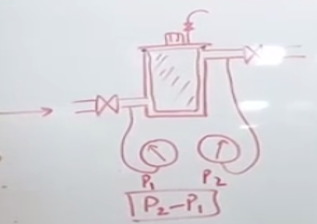
So you will come to know whether the filter is getting chocked or not by knowing the pressure difference between the suction pressure and discharge pressure i.e. – (refer to the fig above).
Why is cleaning of filters important?
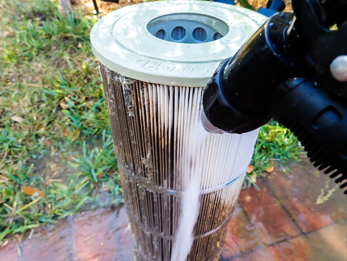
Cleaning of filters is one of the most important work in ship. To analyse the health of a system analyse it through the filter. Suppose you are working in the lube oil system filter of a generator and you find lot of metal particles there that means your bearing is gone and you need to identify it. Similarly if you see the filter of fuel oil system that a lot of dirt is coming in that means your fuel oil tanks have become dirty, if it has sludgy material that means your fuel oil is not of good quality. So health of a system can be made out by just cleaning the system and analysing what has happened.
What is depressurizing of a pump and how it’s done?
Depressurizing a pump before cleaning the filter involves reducing or eliminating the pressure within the pump system to ensure a safe and effective cleaning process. This is typically done to prevent any potential hazards or accidents or to prevent leakage that could occur due to high pressure during the filter cleaning procedure.
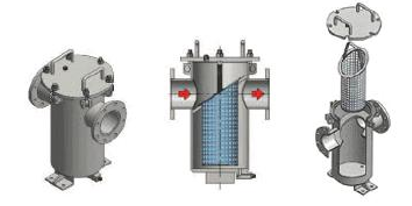
Steps to depressurize pump:
- If it is a single filter then you have to shut both the valves so that no water should come.
- Then you should open the vent cock and if there is pressure inside it water will keep coming
- If flow of water has stopped that means there is no pressure inside the pump and now you can open the casing.
There have been instances in the past where people had not checked the vent and closed the valves, they had opened the casing and engine room had flooded because the suction valve was not holding the water properly and water was still flowing in. Depressurizing the filter is very important so that engine room is free from water. So always you have to ensure opening the vent before opening the casing of the pump.
What is purging of a pump and how it’s done?
Purging of a pump refers to the process of removing or flushing out any residual fluids or gases from the pump system. It is typically done to ensure the pump is clean and free from any contaminants before starting the pump. Purging helps maintain the integrity and efficiency of the pump by preventing the mixing of different fluids, eliminating air pockets, and reducing the risk of corrosion or blockages.
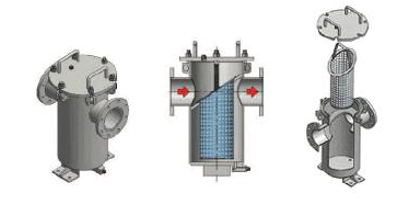
Steps to perform purging:
- After cleaning the filter you have to close the casing.
- You need to keep the discharge valve closed and open the inlet valve, there is air present inside the filter so when water comes it displaces the air, water comes in and air goes out from the vent.
- When you can see that only water is coming through the vent and then you can open the discharge valve.
- Now you can close the vent.
We do purging because we do not want any air entrapment into the system because this air might get suck by a centrifugal pump and it might lose suction which is not good for the pump at all.
How to clean a filter?
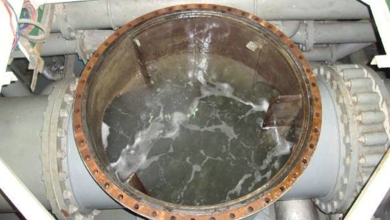
Onboard ship filter can be huge like a Sea chest filter, inside the filter MGPS anodes are fitted, on one side is the suction side and on the other side it is the discharge side. If it is a single filter then you have to shut both the valves so that no water should come, then you have to depressurize the filter. Depressurizing the filter is very important so that engine room is free from water. So always you have to ensure opening the vent before opening the casing of the pump. After cleaning the filter put the casing back and you have to purge the filter so that there is no air in the system and then open the discharge valve and close the vent.
Note:
If you want to learn more about this topic, we suggest checking out our Combo package with the given link https://www.merchantnavydecoded.com/courses/c/ . It’s a great way to dive deeper into the subject through video explanations. This package covers all the important details and presents them in an easy-to-understand format. Watching the videos will help you grasp the topic better and make learning more enjoyable. So, we highly recommend giving our Combo package a try to enhance your knowledge on the subject.
Disclaimer :- The opinions expressed in this article belong solely to the author and may not necessarily reflect those of Merchant Navy Decoded. We cannot guarantee the accuracy of the information provided and disclaim any responsibility for it. Data and visuals used are sourced from publicly available information and may not be authenticated by any regulatory body. Reviews and comments appearing on our blogs represent the opinions of individuals and do not necessarily reflect the views of Merchant Navy Decoded. We are not responsible for any loss or damage resulting from reliance on these reviews or comments.
Reproduction, copying, sharing, or use of the article or images in any form is strictly prohibited without prior permission from both the author and Merchant Navy Decoded.


